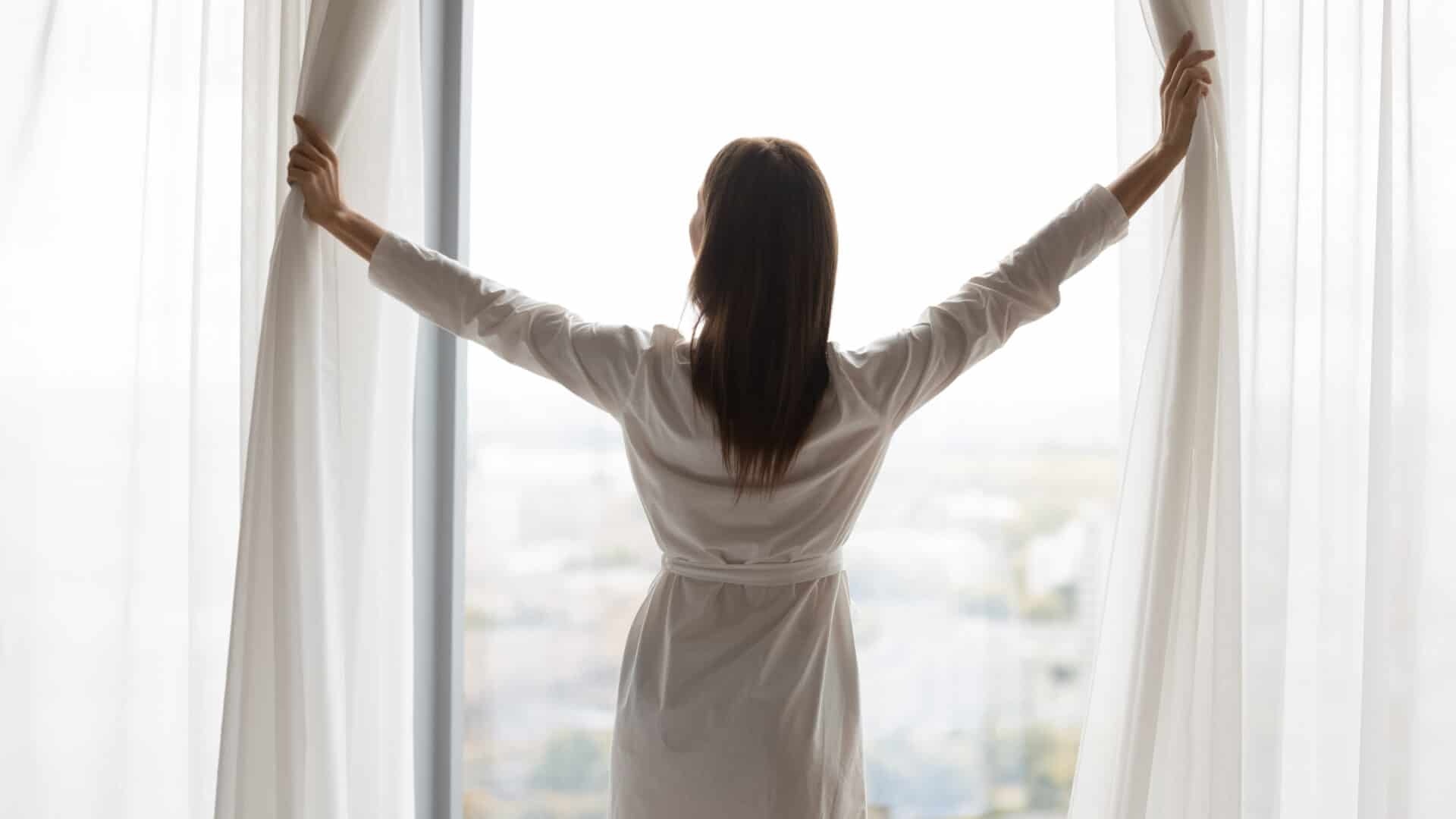Physiological Benefits
Increased Visual Comfort. Improved sleep pattern. Strengthens and accelerates the healing process. Balances bodily functions- digestion/sleep cycles/appetite. Aids muscle Recovery & Bone health.
Psychological Benefits:
Increased task performance. Reduces feelings of anxiety. Reduces Stress. Increases cognitive ability. Helps bolster our mood. Encourages the production of the serotonin hormone which is corelated to psychological well being.
Daylight serves as an external indicator for the circadian rhythm, so its absence imbalances the bodily functions and triggers stress.
In addition, Individuals are frequently exposed to lighting which is either too harsh or too dim, causing headaches and eye stains and this negatively impacts their focus.
Research shows a variety of benefits from exposure to daylight, such as an improvement to an individuals general health and circadian rhythm along with the psychological and physiological benefits mentioned above.
Understanding the effect natural light has on the way we feel, how productive we are, and the effect it has on how we view the space we inhabit is vital to improving our advancing modern existence. The true value of light lies in the combination of excellent physiological and phycological benefits it is proving to have on the human body.
Human-centric lighting puts people first. Developing appropriate human-centric lighting — or lighting for health and wellbeing — is more than just delivering lumens in large quantities. Brightness alone isn’t an indicator of quality lighting .The timing, pattern and amount of light matters to the human biological system.
Our Daylight systems mimics the daylight and reproduces a vivid scene with sky, clouds and sunshine, enhancing the body’s daily rhythm to function properly, stay healthy and gain an overall feeling of wellbeing
*Supported by research of:
Franta, G.; Anstead, K. (1994). “Daylighting Offers Great Opportunities.” Window & Door Specifier-Design Lab, Spring; pp. 40-43.
Boubekri, M., Cheung, I. N., Reid, K. J., Wang, C. H., & Zee, P. C. (2014). Impact of windows and daylight exposure on overall health and sleep quality of office workers: a case-control pilot study. Journal of clinical sleep medicine: JCSM: official publication of the American Academy of Sleep Medicine, 10(6), 603.
Bernhofer, E. I., Higgins, P. A., Daly, B. J., Burant, C. J., & Hornick, T. R. (2014). Hospital lighting and its association with sleep, mood and pain in medical inpatients. Journal of advanced nursing, 70(5), 1164-1173.
Sansone, R. A., & Sansone, L. A. (2013). Sunshine, serotonin, and skin: a partial explanation for seasonal patterns in psychopathology?. Innovations in clinical neuroscience, 10(7-8), 20.
